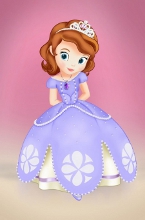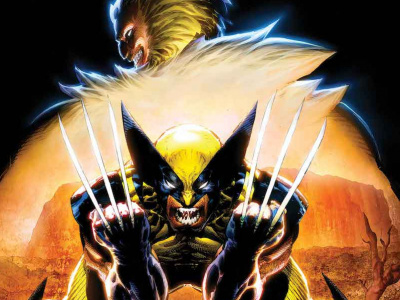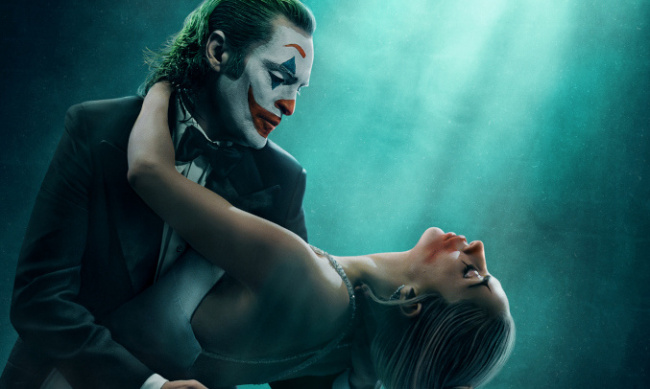
Confessions of a Comic Book Guy is a weekly column by Steve Bennett of Super-Fly Comics and Games in Yellow Springs, Ohio. This week, Bennett talks about Marvel NOW!, and why the lack of diversity among Marvel characters is a short-term strategy.
I've been reading and writing about Marvel NOW! for months now, but the other day I actually got around to sitting down and reading someof the comics, starting with the ones I was most interested in. Included in the pile were All-New X-Men, Captain America, Fantastic Four, Deadpool, Uncanny Avengers and The Indestructible Hulk (and his Amazing Robot Pants). And, no big surprise, I liked them, some more than others, but as a whole I liked them a lot.
Take, for example, Deadpool #1. As previously established (see "Confessions of a Comic Book Guy--Middle Age Crazy") in spite of the fact that he represents everything I found repellent about 90s comics, I rather like Deadpool and found I liked Gerry Duggan, Brian Posehn and Tony Moore's back to basics approach to the character. Which amounts to ignoring his over-complicated backstory and focusing instead on the series' principal premise: violent death can be hilarious.
And it actually can be, so I really didn't mind when The Merc With A Mouth threw down against a wheelchair demonic undead bound FDR, but as jokes go you can only push it so far. After which you get things like the Deadpool Kills the Marvel Universe miniseries (a comic which literally asked in the official solicitation "What if everything you thought was funny about Deadpool... was actually just disturbing?"). And the upcoming Deadpool KIllustrated which I'm going to go ahead and assume is Marvel's "take" on the now well past its sell-by date horror/literary mash-up trend. The plot has Deadpool killing beloved fictional characters from classic works of literature and is promoted withlines such as "Tom Sawyer slashed in TWAIN!" and "The Little Women's throats MAY get ALL-CUT!" Not to mention my favorite, "Why read a book when you watch a book DIE?!?"
As a group the Marvel NOW! comics are all, so far, solid efforts by top creators that provide strong jumping on points which set classic characters on (slightly) different directions, and in a lot of ways they are better entry level superhero comics than the bulk of DC's "New 52" titles. But as promised, while DC's "New 52" had increased racial, ethnic and sexual diversity as a central theme, Marvel NOW! is just about more superhero comics. And while it's nice they're also good selling ones (see "Marvel NOW! Titles Dominate November Sales"), those sales are just a temporary blip. The trouble with creator-driven relaunchessuch as these is that they're impossible to sustain in the long run because,inevitably, the creators leave and the readers follow.
Marvel's attitude seems to be having once been a pioneer whenit came to racial diversity in superhero comics they can, with the occasionalexception (Adam: Legend of the Blue Marvel, Spider-Man: India, the Miles Morales Spider-Man, etc.) rest ontheir laurels. Which is why DC made Simon Baz, the new Green Lantern, a Muslim Arab American and Marvel automatically made Sam Alexander, the new Nova, a white guy. Not black, Hispanic, second generation Indianor recent immigrant from Belarus but just another white guy, like there was some kind of shortage of them in the Marvel Universe.
I realize that making the latest iteration of established characters ethnically different from the original has become a hoary trope at best and at worst well intentioned tokenism. But make no mistake, I'm not saying this out of some kind of leftie liberal guilt or because I'm pushing some kind of progressive agenda. The kind of thing I'm proposing shouldn't be done out of social justice but because inclusiveness is just good business.
But this isn't just about good business, it's about the futureand the future is all about the numbers. It's an increasingly diverse country and the people in it are ourcustomers; they want to buy things, the same way they want to see themselves represented and respected by the media. Their demographic is growing and the one we've always relied on is continuously contracting and we can either take those numbers into consideration or we can go right on doing what we've always done and exclusively target straight white men.
But I can't imagine a comic book company that does has much of a future.
The opinions expressed in this column are solely those of the writer, and do not necessarily reflect the views of the editorial staff of ICv2.com.








